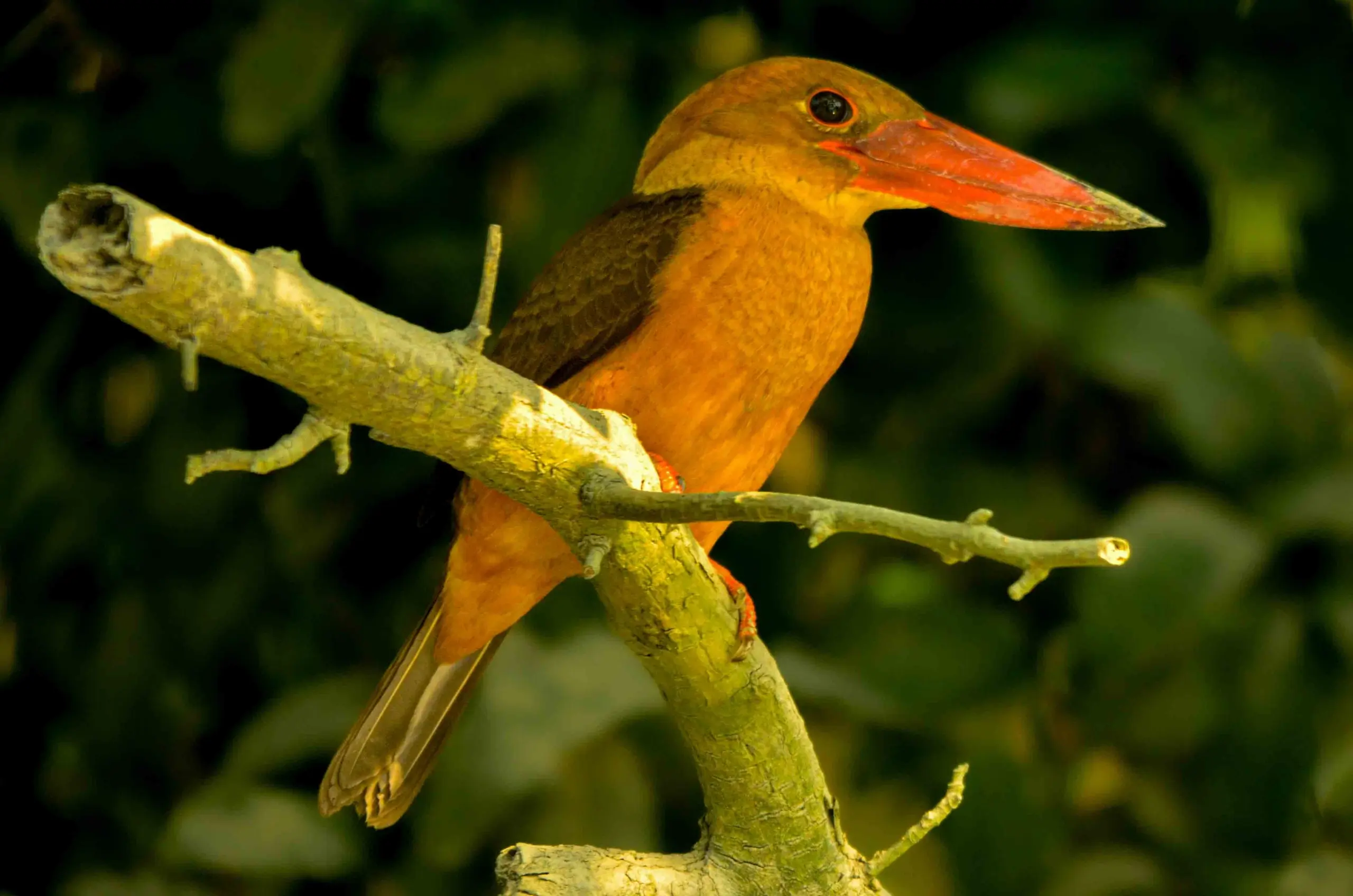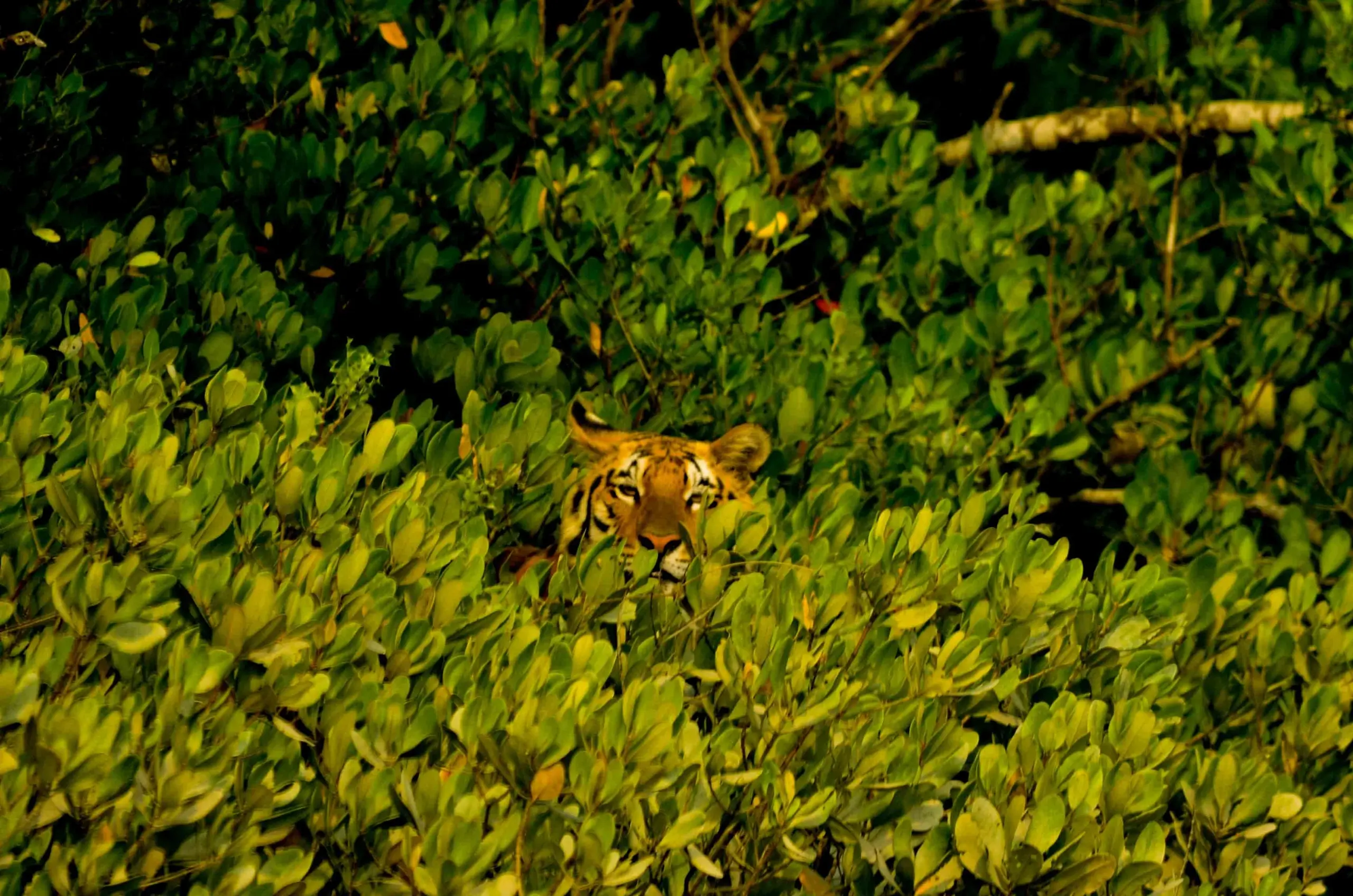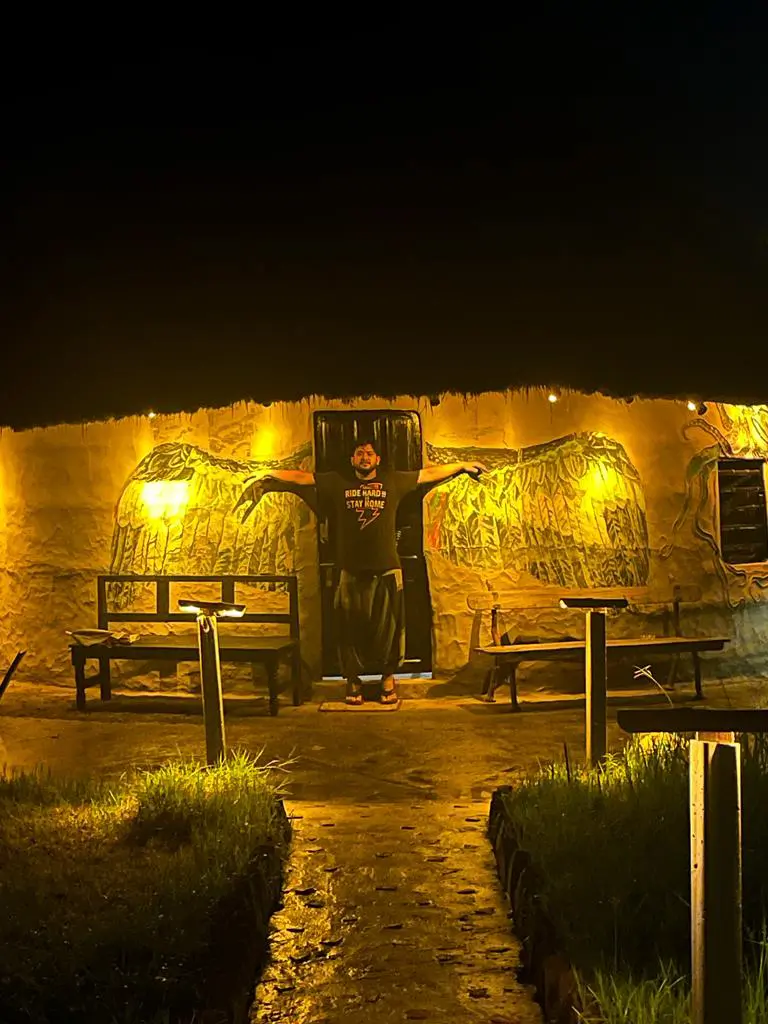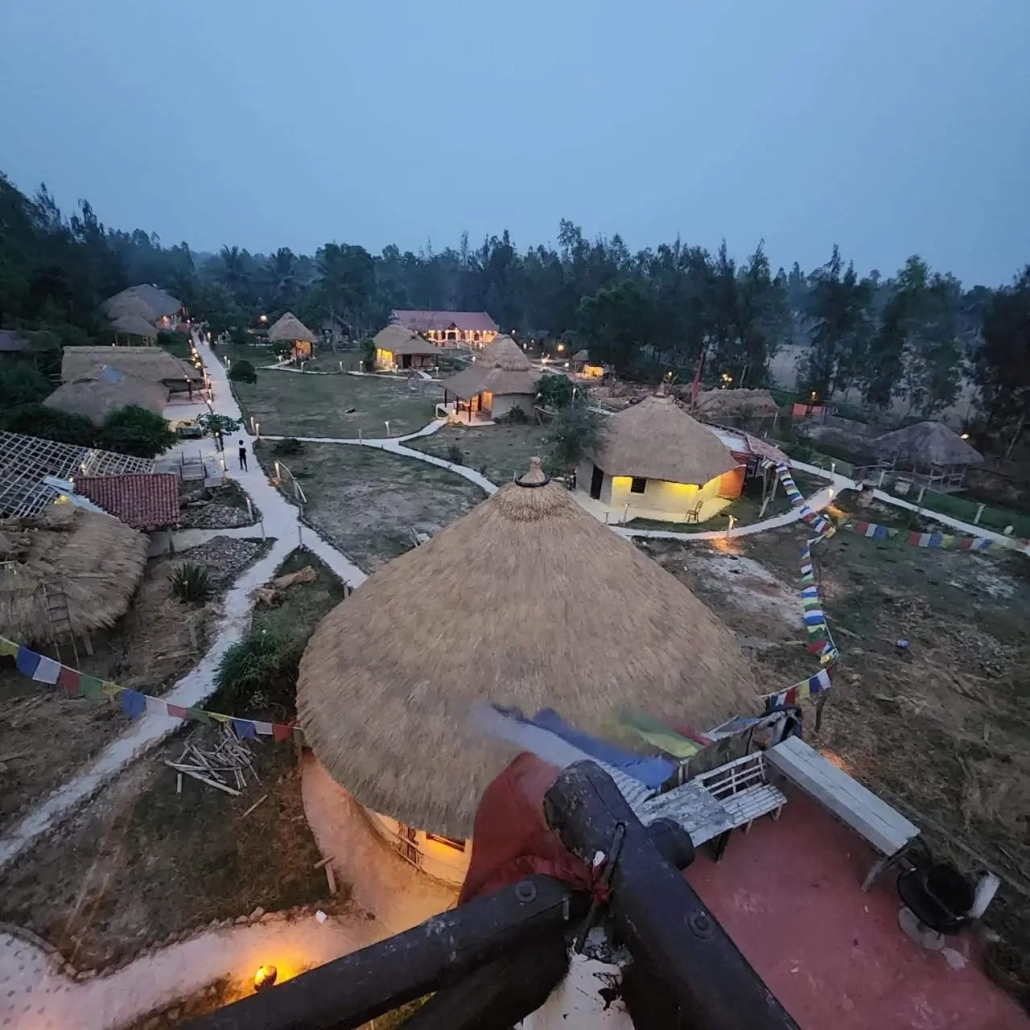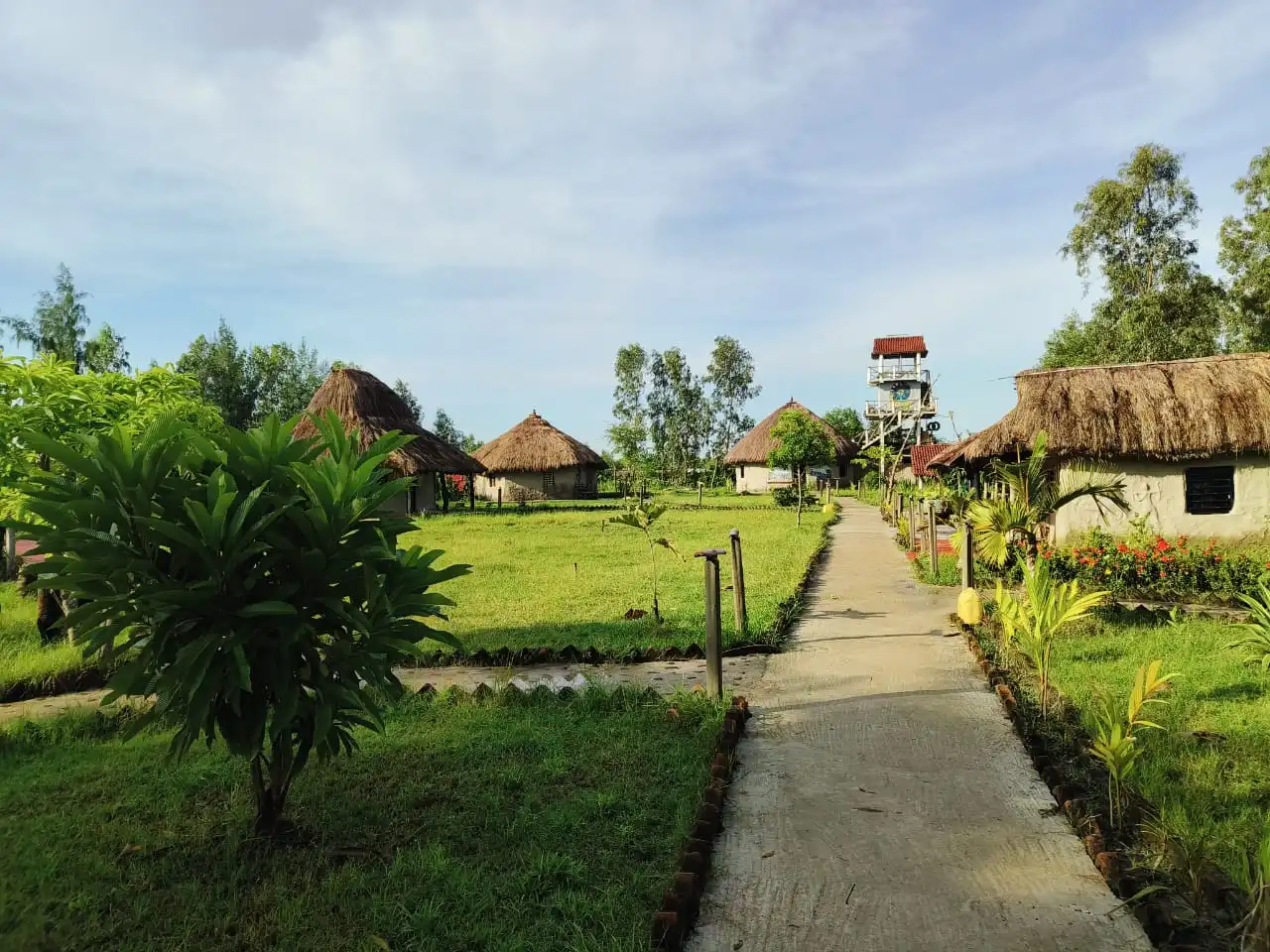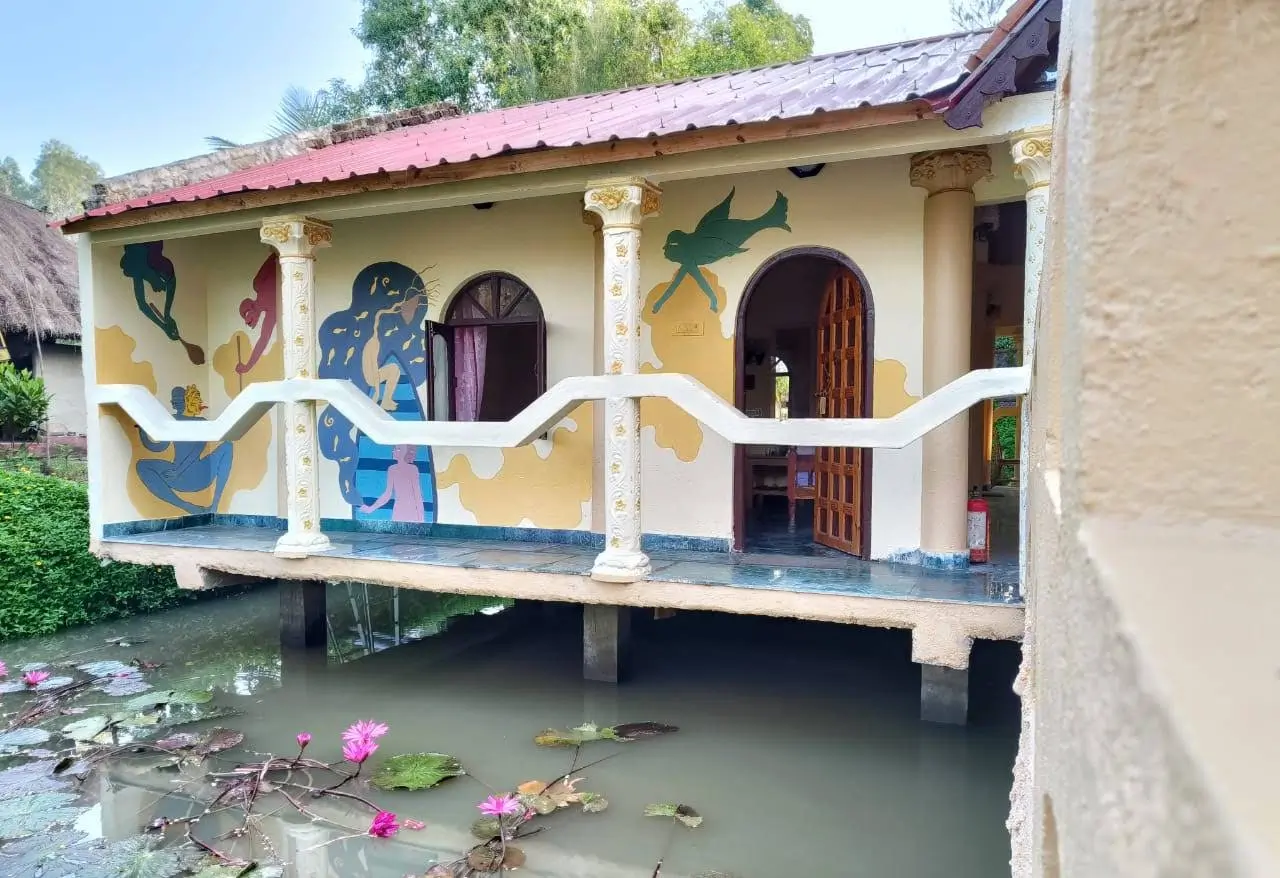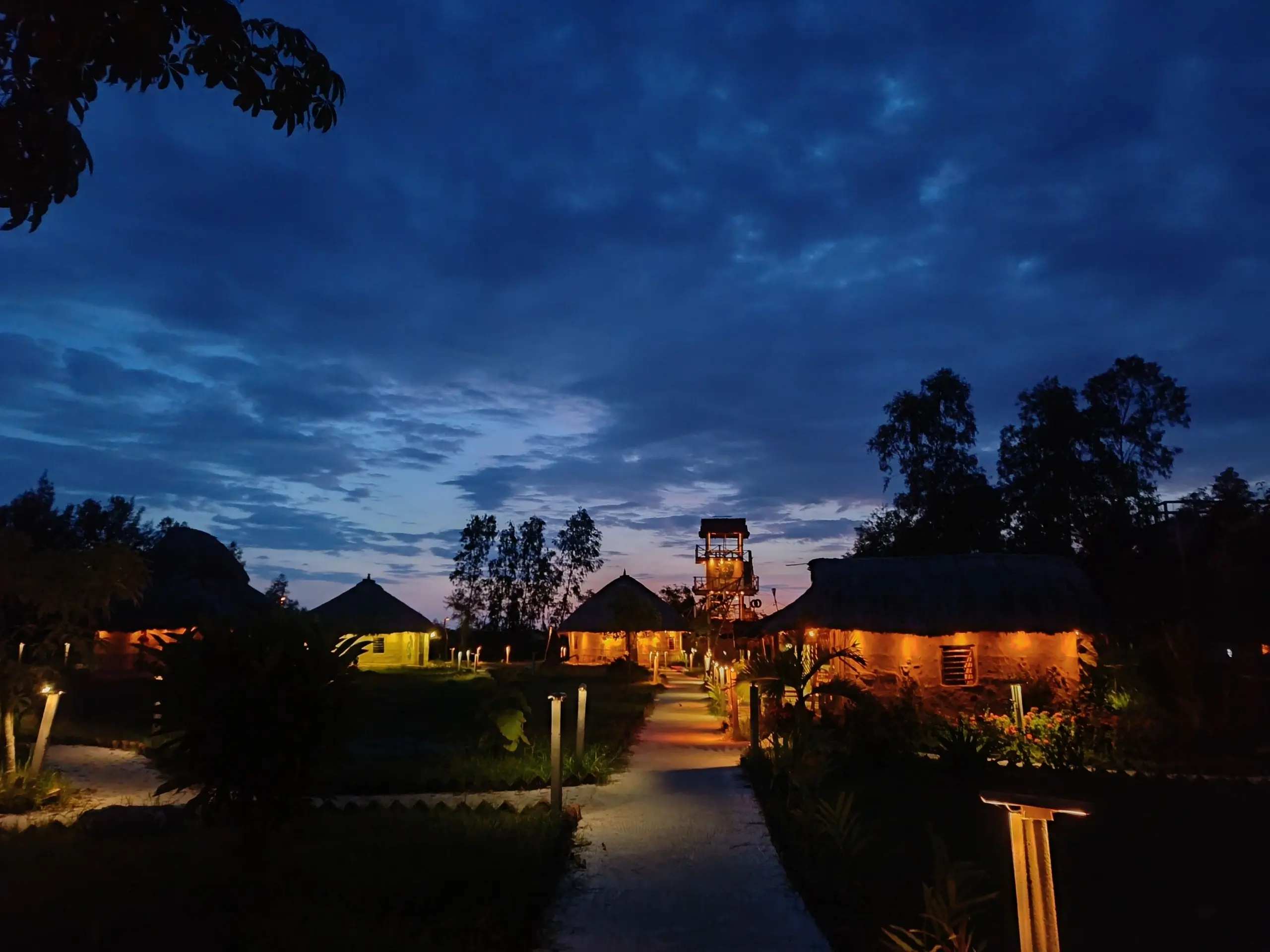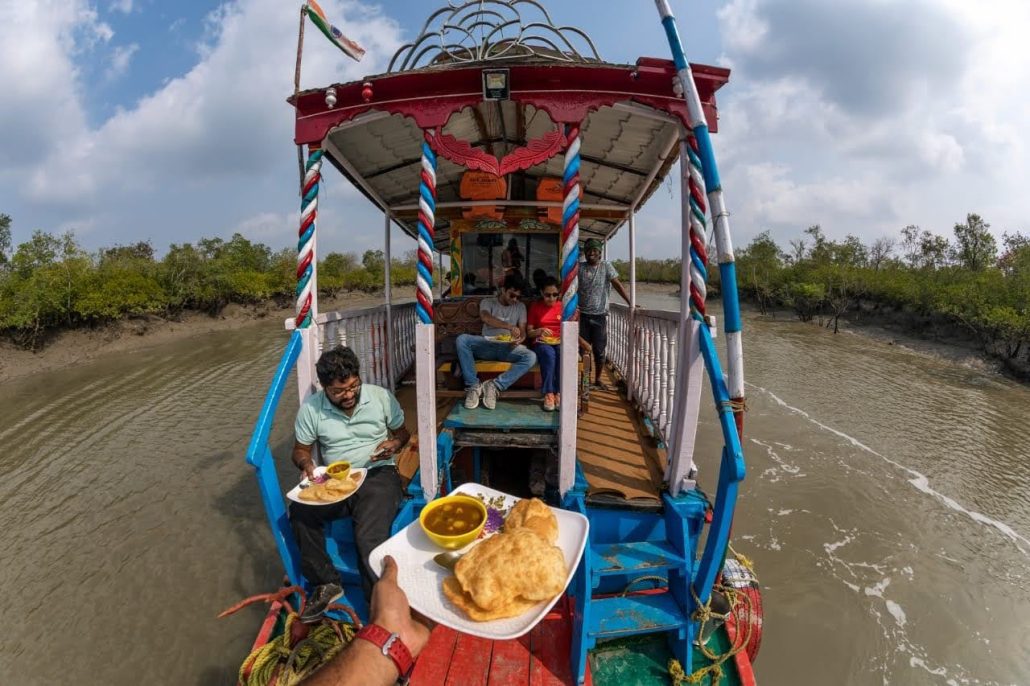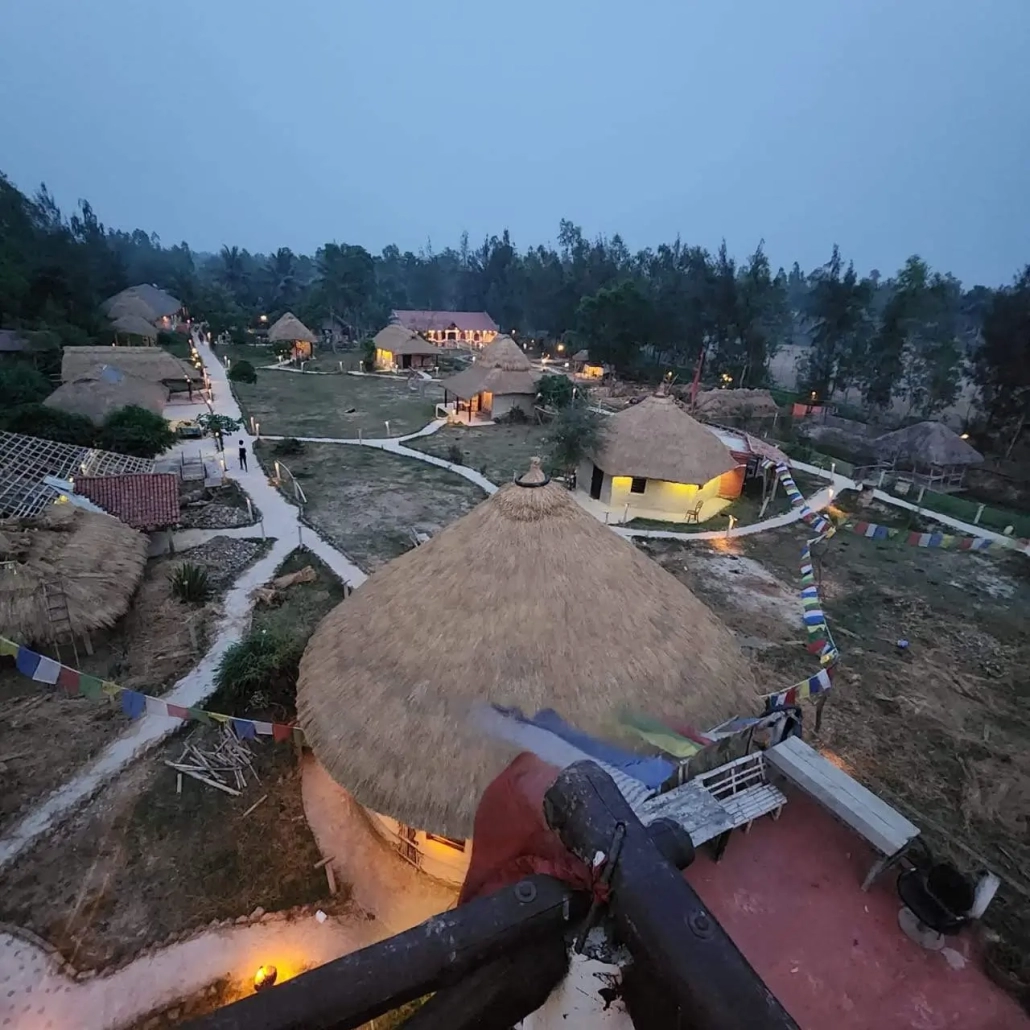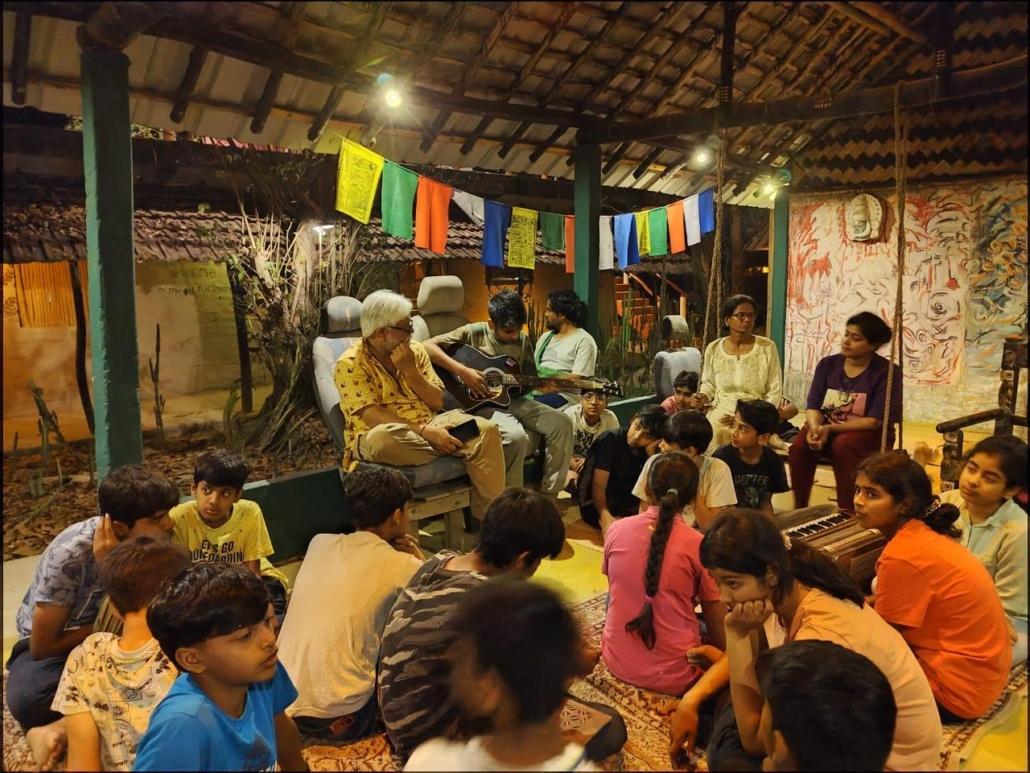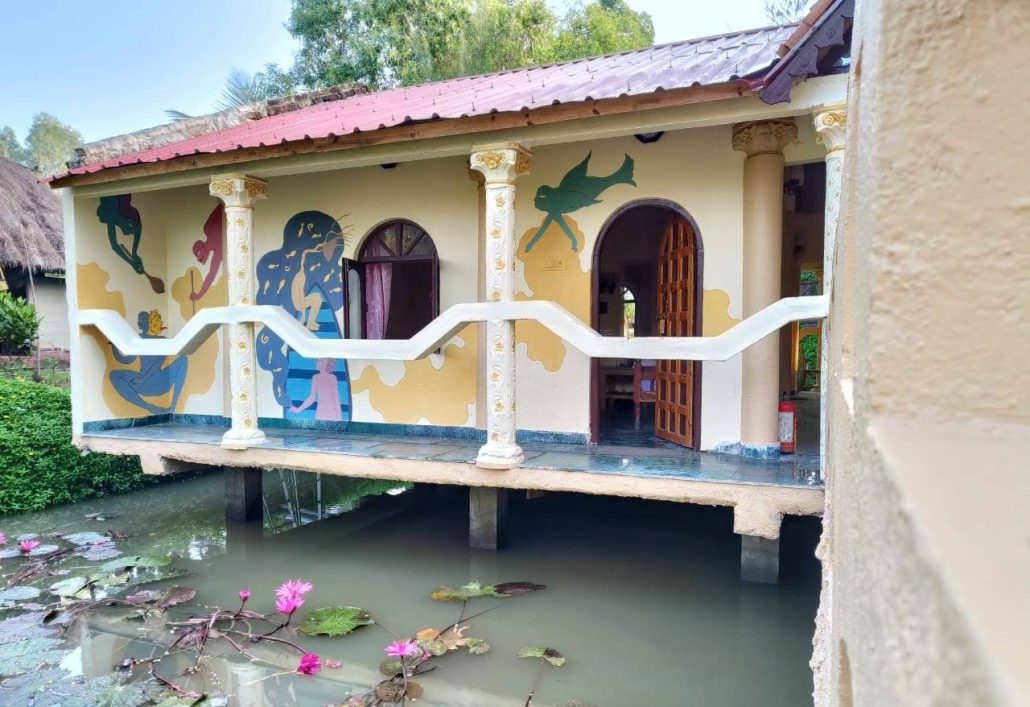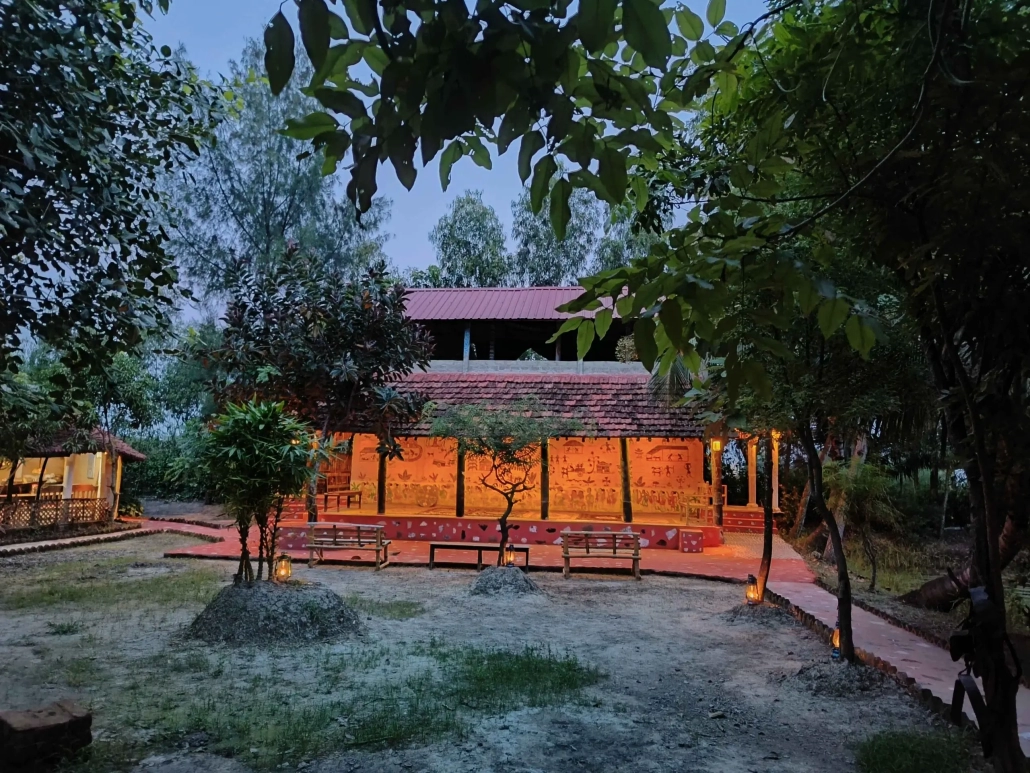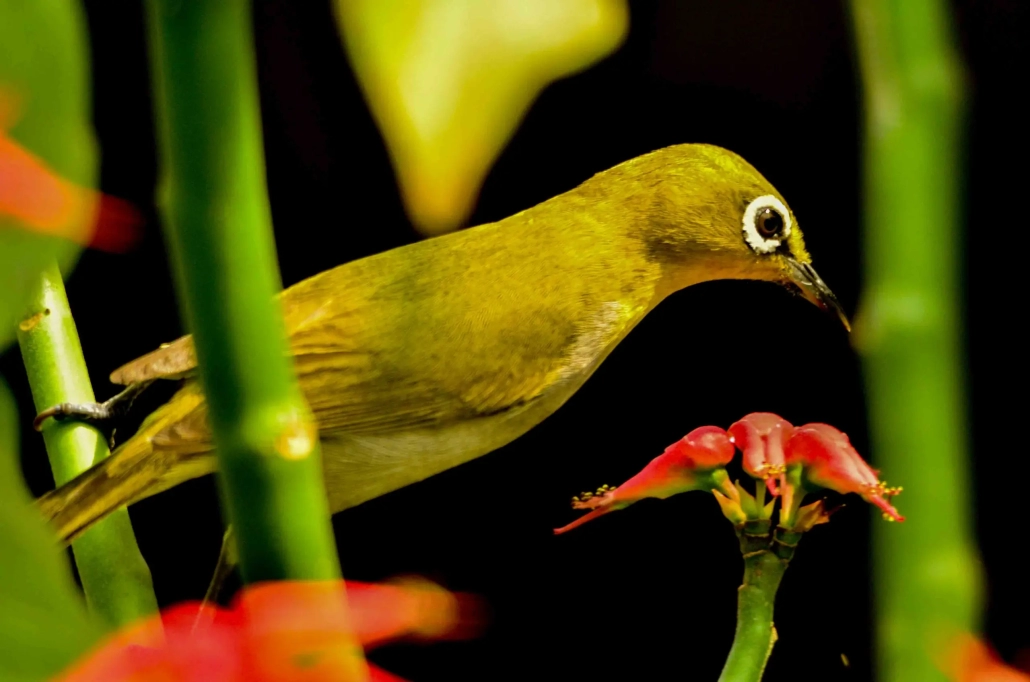For Young Travelers, What You Should Expect From Tour De Sundarban
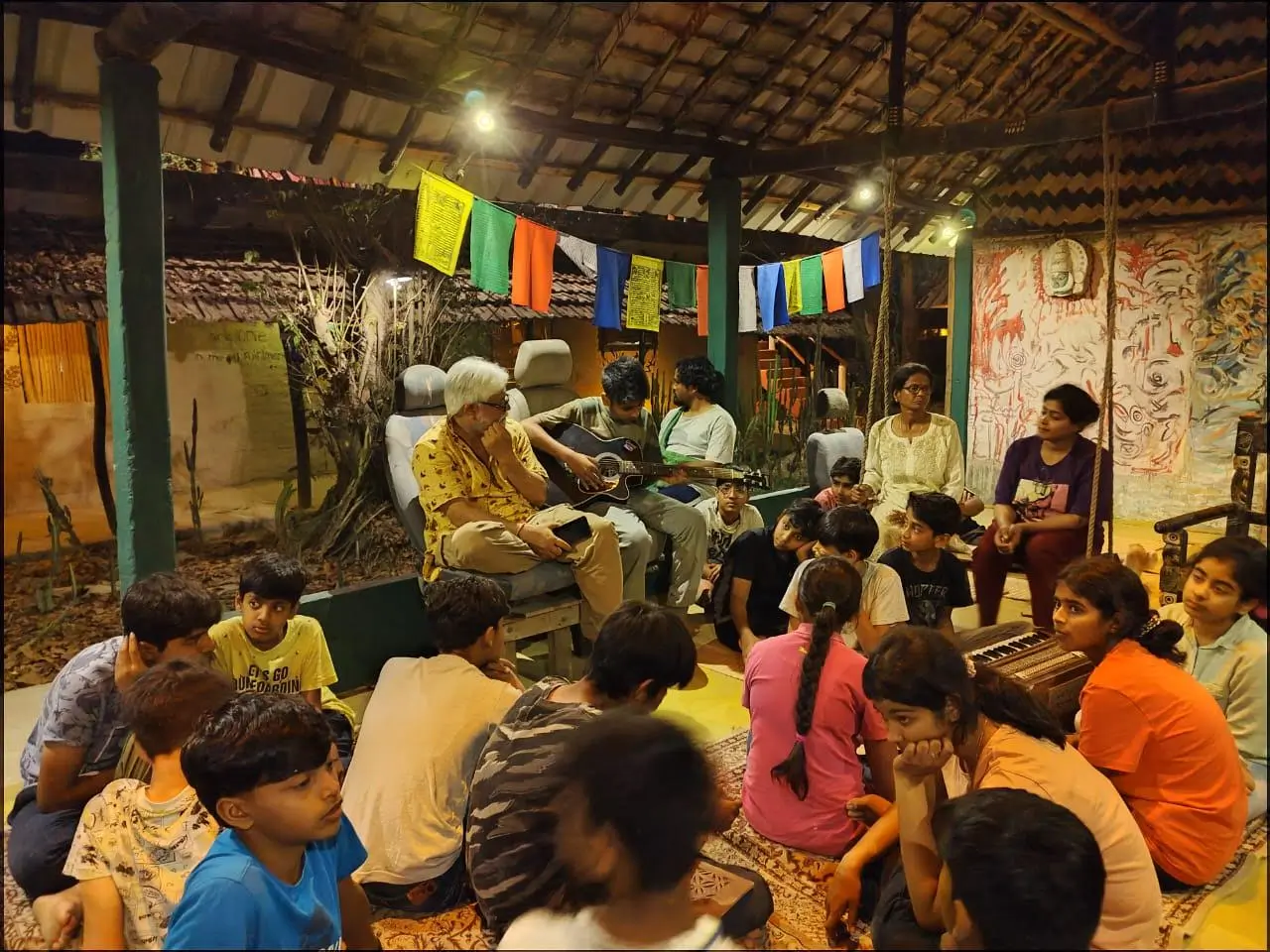
This adventure is a voyage into the heart of nature’s wonders, filled with exhilarating encounters with wildlife and tranquil boat rides through dense mangroves. In this post, we outline what young travelers should anticipate from a Tour De Sundarban and explain how it might be a life-changing experience.
New To Sundarban? Here’s What You Can Expect From Sundarban
The experience offers a tapestry of adventure, discovery, and a profound connection with nature for people who are unfamiliar with this amazing habitat, where lush mangrove forests combine beautifully with tranquil canals. The Sundarbans offers a symphony of experiences that reveal the magnificence of its intricate web of life.
From thrilling encounters with wildlife to immersing boat trips through enigmatic mangroves. We invite readers to enjoy the fascination of this distinctive and dynamic terrain by providing a peek of what awaits visitors to the Sundarbans in this article.
The Magnificent Biodiversity
The Sundarbans are known for their abundant biodiversity, which makes them a haven for those who love the outdoors. Numerous wildlife species, including the well-known Royal Bengal Tiger, spotted deer, crocodiles, and a wide range of unusual bird species, can be seen. Finding these animals in their native environment is an incredible thrill.
Thrilling Safaris in the Wild
Without exhilarating wildlife safaris, a Tour De Sundarban wouldn’t be complete. With the help of knowledgeable experts, explore the forest as they take you down winding pathways and across little creeks, giving you the chance to see the elusive mangrove residents. You will always remember the sight of a beautiful tiger prowling through the undergrowth.
Boat cruises to remember
The Sundarbans’ waterways are just as beautiful as their surroundings. You may anticipate leisurely boat rides through winding canals and intricate mangrove systems. Stunning sunsets and the play of light and shadow as the sun sets over the sea will leave you in a tranquil mood that’s ideal for reflection and relaxation.
Cultural Immersion with the Community
The populations that have long coexisted with the ecosystem are also an important part of Sundarbans, which is not simply about the natural world. Young visitors can anticipate interacting with the locals and discovering more about their culture, customs, and special connection to the forest. This cross-cultural interaction gives your experience more dimension and helps you feel more connected to the Sundarbans’ human side.
Education and conservation
A Tour De Sundarban focuses on discovery as well as outreach and environmental preservation. Young visitors can anticipate learning about the ecosystem’s delicate balance, its difficulties, and the protection measures being made. A sense of obligation to protect our planet’s natural wonders might be sparked through firsthand observation of conservation efforts.
Embracing Disconnection and Minimalism
Sundarbans provides a respite from the rush of city life. Be prepared to unplug from technology and appreciate the simplicity of living in the bush. Absence of constant connectedness promotes reflection, mindfulness, and a closer relationship with the environment and other travelers.
Chance for Personal Development
A Tour De Sundarban offers the chance for personal development in addition to being an experience. Resilience, self-discovery, and a wider worldview can be fostered by the trials of the journey, encounters with nature’s magnificence, and connections made with other travelers.
In A Nutshell
An invitation to young tourists to venture outside their comfort zones and appreciate the beauty of nature is extended through a Tour de Sundarban. A deep understanding of the delicate balance of our planet’s ecosystems, cultural immersion, wildlife encounters, and personal growth are all promised by this adventure. As you set foot in the mangroves and explore its mysteries, you’ll find that the Tour De Sundarban isn’t just a journey; it’s a transformative experience that will leave you with memories, lessons, and a newfound reverence for the beauty of our natural world.
FAQs
Are the excursions secure for younger tourists?
Yes, the majority of tour operators put safety first. They offer competent, seasoned guides who are familiar with the area, the habits of the wildlife, and safety procedures. A safe and enjoyable experience is ensured by adhering to the guides’ recommendations.
What pursuits are covered by the tour?
The program frequently includes possibilities for nature photography, boat cruises, creek exploration, interaction with the local population, and wildlife safaris. Some excursions might also include instruction on environmental conservation initiatives.
Does the trip have a minimum age requirement?
Depending on the tour operator, there can be a different minimum age requirement. Due to safety concerns, certain trips can have an age limit, while others might be appropriate for tourists of all ages.
What kind of lodging is offered throughout the tour?
Depending on the tour package you select, lodging options might range from simple lodges to eco-friendly resorts. Researching and choosing accommodations that suit your preferences is a wonderful idea.
Will I be able to use my phone and the internet while on the tour?
Due to its remote position, some portions of the Sundarbans may have poor or no phone and internet connectivity. Prepare yourself to unplug and take in the scenery.

